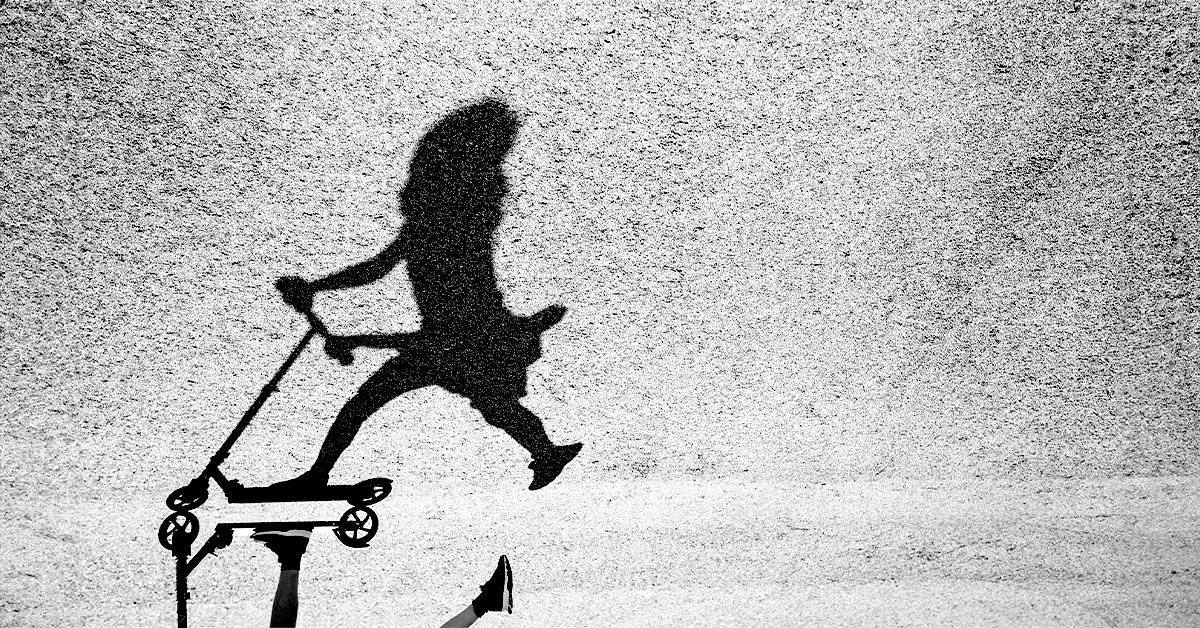Sexual abuse of children is an unsettling reality that permeates societies worldwide. Recognizing and addressing this severe issue is imperative for safeguarding children’s well-being and ensuring their psychological and emotional recovery. This article explores the prevalent signs of sexual abuse and offers guidance on appropriate steps to take when such signs are suspected.
The clandestine nature of sexual abuse often complicates recognition, particularly since many children may lack the language and understanding to articulate their experiences. As responsible adults—parents, educators, caregivers, and community members—it is our duty to remain vigilant and informed about potential indicators of abuse. Active awareness and immediate response can have a profound impact on a child’s recovery journey.
Physical indicators of sexual abuse can range from overt injuries to subtle symptoms that may initially seem unrelated. Pay careful attention to any unexplained bruises, bleeding, or swelling in intimate areas. These symptoms often warrant an immediate medical consultation, as they may suggest a history of inappropriate physical contact. Moreover, any pain that seems to hinder a child’s ability to perform routine tasks—like sitting or moving—should be taken seriously.
Recurring urinary tract infections or frequent yeast infections can also raise red flags regarding a child’s safety. Finding torn or stained underwear is another alarming sign that may point to sexual abuse and should never be dismissed lightly.
A child’s behavior can serve as an essential narrative in understanding their emotional state and possible abuse experiences. Sudden drops in academic performance or a lack of interest in school activities may reflect underlying trauma. If a once-social child becomes withdrawn from friends, family, and previously enjoyed activities, it is crucial to explore this change further.
Regressive behaviors, such as thumb-sucking or bedwetting, can also be indicators of distress. Such actions may represent coping mechanisms for the overwhelming stress that accompanies abuse.
Furthermore, observe for any signs of excessive fear directed toward specific individuals or environments, as this may hint at past traumatic experiences. Children who display sexual knowledge or behavior that far exceeds their developmental stage should also be given careful attention and support.
The implications of sexual abuse extend far beyond physical symptoms, profoundly affecting a child’s mental health. Signs of depression, such as pervasive sadness, lack of interest in formerly enjoyable activities, or consistent feelings of hopelessness, can emerge. Anxiety manifestations may include incessant worry that seems disproportionate to everyday stimuli, panic attacks, and irrational fears.
Behavioral changes may also surface, affecting a child’s sleep patterns or appetite. Nightmares, insomnia, increased fear of bedtime, and drastic shifts in eating habits can all signify a child struggling under the weight of trauma. In extreme circumstances, signs like self-harming behaviors or suicidal thoughts require immediate and serious attention.
Taking Action: The Importance of Response
When a child confides in an adult or signs of abuse are suspected, an immediate and informed response is crucial. Establishing a safe, non-judgmental atmosphere allows the child to share their thoughts and experiences without fear of retaliation or disbelieving. It is vital to convey reassurance that the child is not at fault and that they possess the courage to speak about their situation.
For adults who suspect abuse but have not received a disclosure, it is essential to act sensitively and responsibly. Depending on local laws, there may be mandatory reporting requirements to alert authorities about the suspected abuse. Engaging the child in conversation should be approached delicately, using language they can understand while ensuring they feel safe and supported.
Understanding these signs is only the first step; knowing where to seek help is equally important. Contacting child protective services, local law enforcement, or specialized organizations such as the Rape, Abuse & Incest National Network can provide vital assistance. They have the expertise and resources needed to investigate concerns while also ensuring the child’s safety.
As we navigate this emotionally charged landscape, offering continued support to the child is paramount. Be proactive in reinforcing their sense of security and self-worth, guiding them through recovery. By remaining attentive and involved, adults can play a pivotal role in not only identifying abuse but also fostering an environment where healing can begin.
Recognizing and responding to the signs of sexual abuse in children is a critical societal obligation. By cultivating an informed and compassionate approach, we can significantly influence a child’s recovery process. The information presented here serves as a foundation—one that should spur greater vigilance, deeper understanding, and unwavering commitment to protecting vulnerable children from harm.

